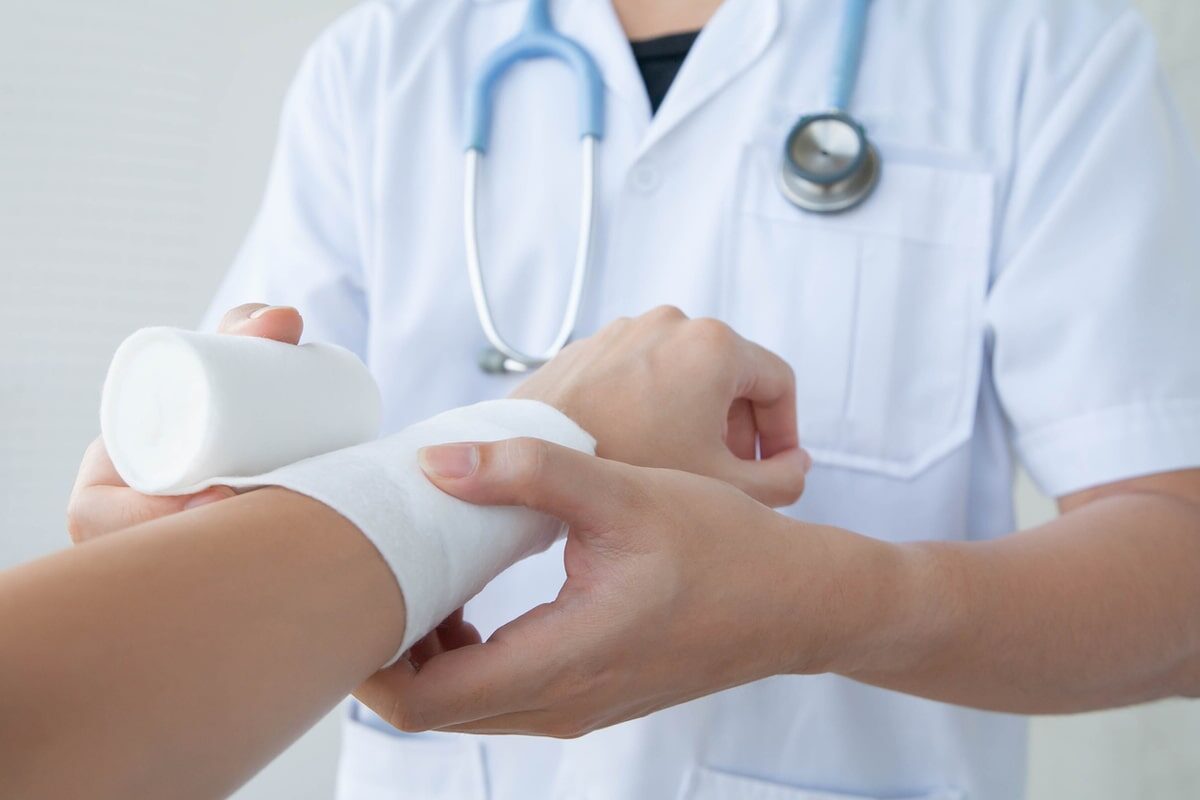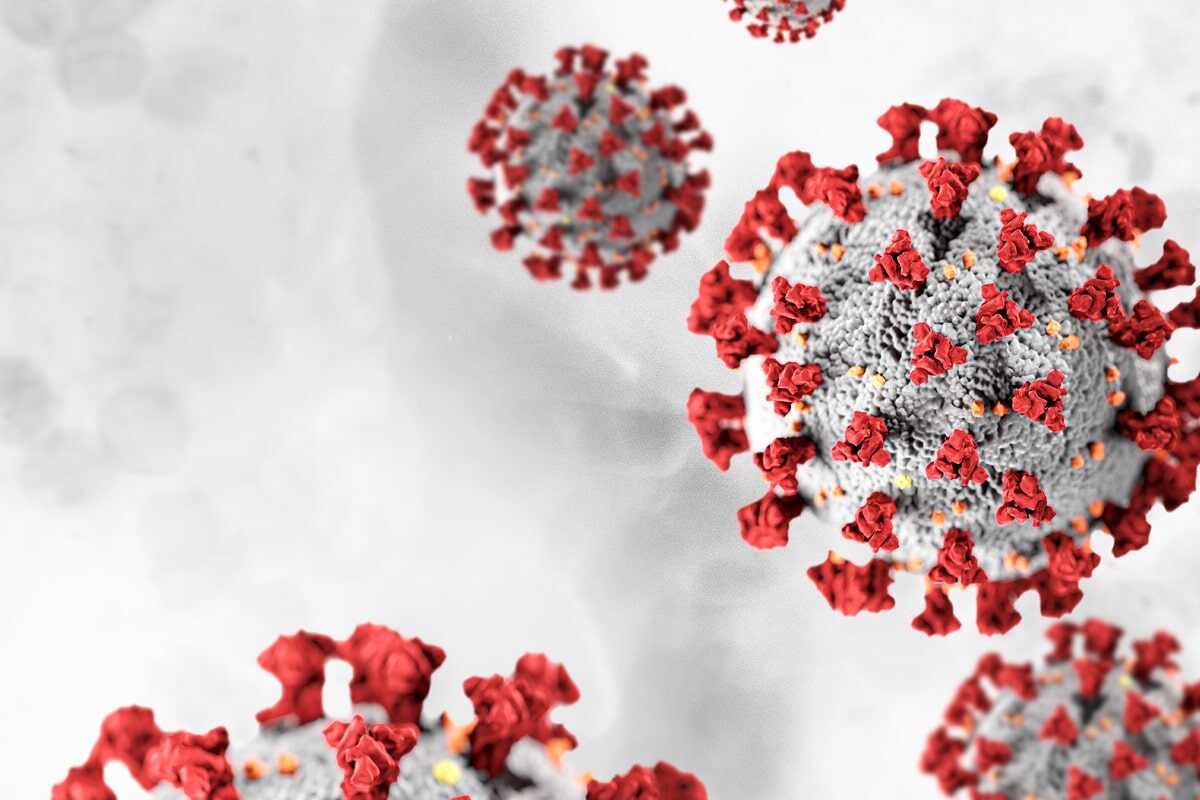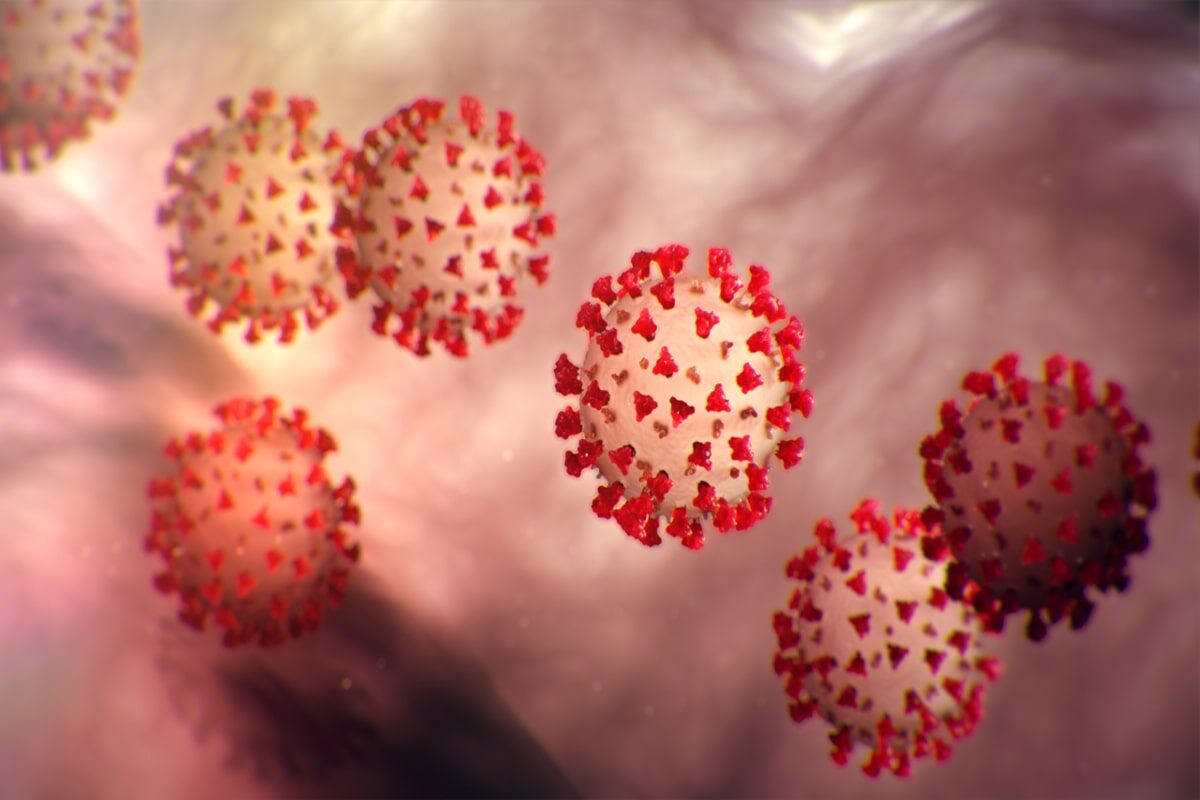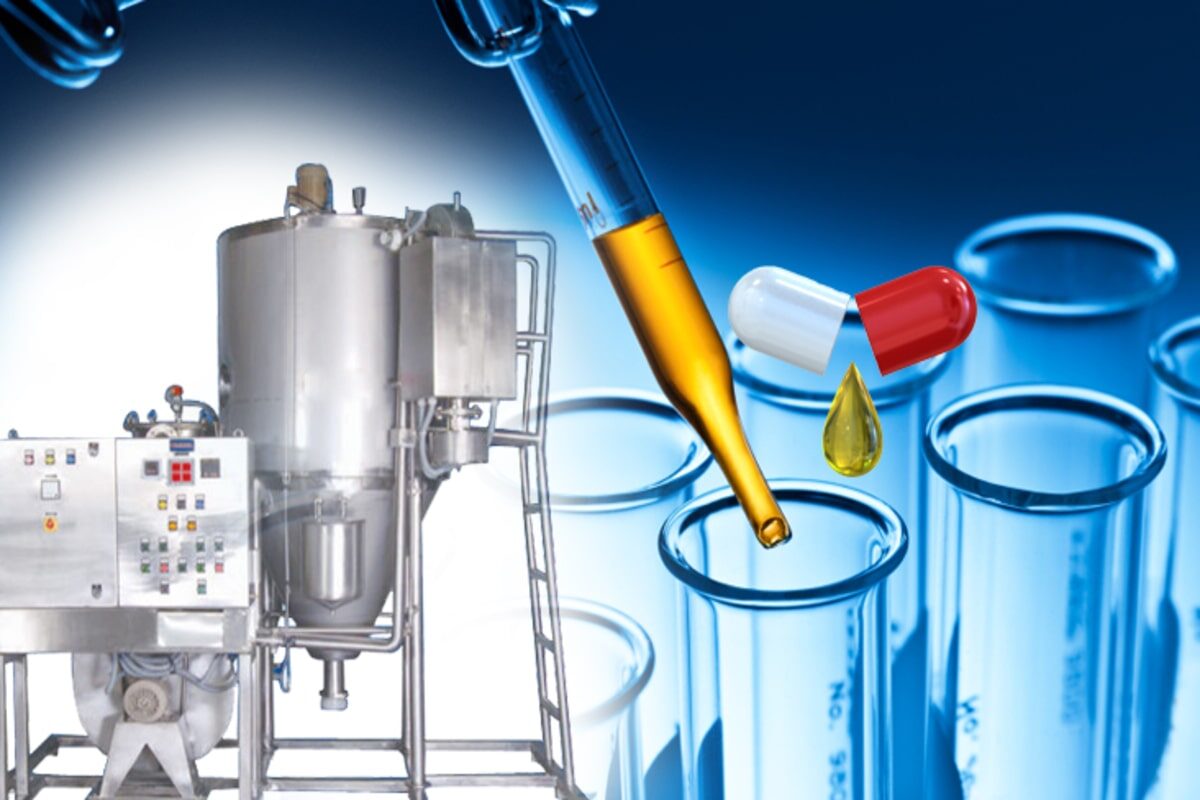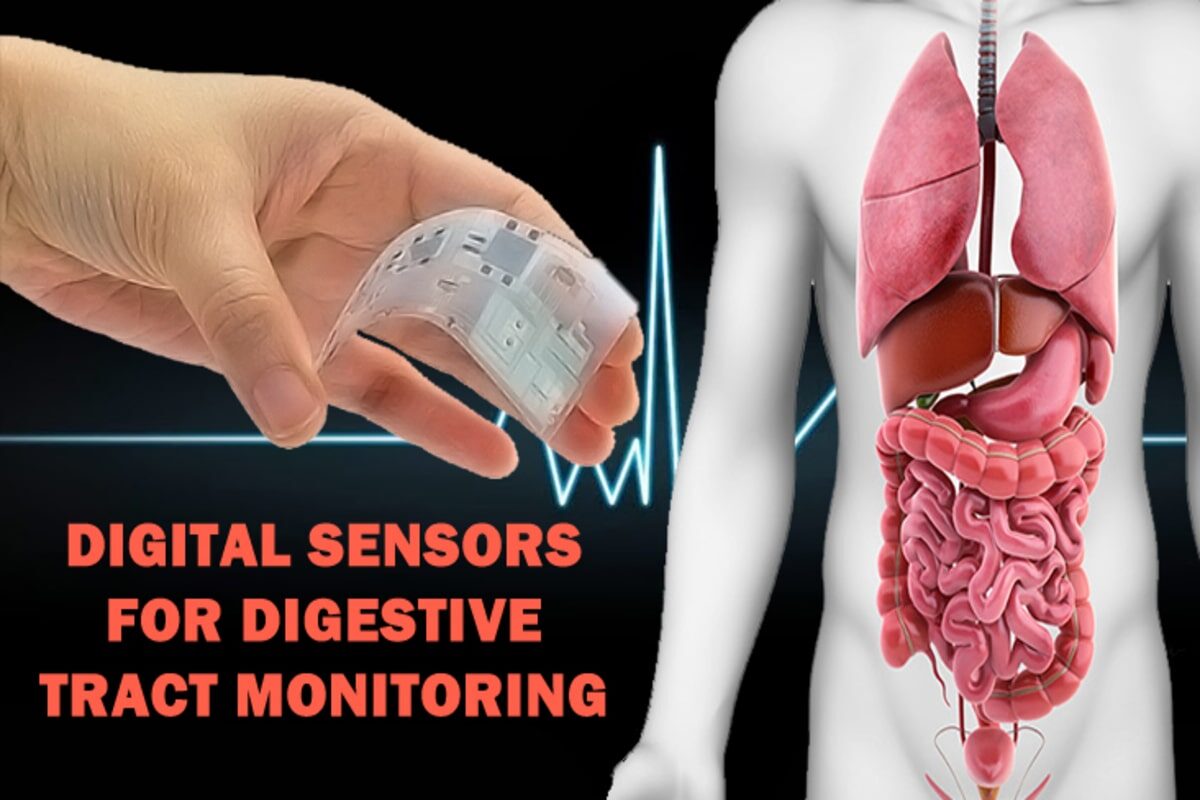The physician has a vital role in the wound assessment and also to delineate treatment objective at any point of time. The main objective of wound healing is to remove the non-viable tissue material by various methods for the exposure of healthy well-perfused tissue for proliferation and migration in the wound bed. Below mentioned are the recent management strategies for open wound.
Hydrogel Dressings
Hydrogels are generally made up of complex hydrophilic polymers with maximum water content (90%) and semiocclusive in nature (Weller and Team, 2019). A recent clinical trial showed that nano fibrillar cellulose hydrogel dressing in patients undergoing skin graft donor displayed significant improvement in Patient and Observer Scar Assessment Scale, viscoelasticity and elastic modulus post-operatively as compared to copolymer dressing (Koivuniemi et al., 2020).
Hydrocolloids
Hydrocolloids are the dressing materials that retain moisture and contain gel-forming agents such as pectin and gelatin. A recent meta-analysis shows that patients treated with hydrocolloid dressing displayed a significant decrease in pressure ulcers caused by non-invasive ventilation. Further, in this study, the incidence of pressure ulcers was lower in hydrocolloid dressing treated patients as compared to the guaze
Negative-pressure wound therapy (NPWT)
NPWT is a reliable adjunct strategy for wound management where surgery is not possible. Once the wound is in a well-vascularized condition, NPWT elicits the healing by secondary intention, inhibition of cytokines, angiogenesis, remodelling of extracellular matrix and deposition of granulation tissue (Anghel and Kim, 2016).
In a study done by Kucharzewski et al. patients with chronic venous leg ulceration with an ulceration surface area was 62.6 cm2were treated with NPWT. Among, the 15 patients, 10 were subjected to NPWT (50 to 200 mmHg) and ulcer healing was observed in 6 weeks whereas in the remaining 5 patients the healing was observed in 20 weeks (Kucharzewski et al., 2014). A meta-analysis evidence shows that NPWT was associated with a significant reduction in wound infection (relative risk (RR) 0·54, 95 per cent CI 0·33 to 0·89) and seroma formation (RR 0·48, 0·27 to 0·84) compared with the conservative management (Hyldig et al., 2016).
Hyperbaric oxygen therapy (HBOT)
HBOT is a procedure in which 100% oxygen at greater than 1 atmosphere of absolute pressure is administered to the wound area, through a specialized designed chamber (Lam et al., 2017). A previous Cochrane reviewed the efficacy HBOT for chronic wounds based on the 8 published RCTS in diabetic ulcer patients. The outcome of the analysis showed that HBOT enhances the short-term wound healing up to 6 weeks and also decreases the amputation rates
References
Weller C., Team V. (2019). “Interactive dressings and their role in moist wound management,” in Advanced Textiles for Wound Care, 2nd ed. Ed. Rajendran S. (United Kingdom: Woodhead Publishing Limited; ), 105–134
Koivuniemi R, Hakkarainen T, Kiiskinen J, Kosonen M, Vuola J, Valtonen J, Luukko K, Kavola H, Yliperttula M. Clinical study of nanofibrillar cellulose hydrogel dressing for skin graft donor site treatment. Advances in wound care. 2020 Apr 1;9(4):199-210
Cai JY, Zha ML, Chen HL. Use of a Hydrocolloid Dressing in the Prevention of Device-related Pressure Ulcers DuringNoninvasive Ventilation: A Meta-analysis of Randomized Controlled Trials. Wound Manag Prev. 2019 Feb;65(2):30-38.
Anghel EL, Kim PJ. Negative-Pressure Wound Therapy: A Comprehensive Review of the Evidence. PlastReconstr Surg. 2016 Sep;138(3 Suppl):129S-137S
Kucharzewski M, Mieszczański P, Wilemska-Kucharzewska K, Taradaj J, Kuropatnicki A, Sliwiński Z. The application of negative pressure wound therapy in the treatment of chronic venous leg ulceration: authors experience. Biomed Res Int. 2014;2014:297230.
Hyldig N, Birke-Sorensen H, Kruse M, Vinter C, Joergensen JS, Sorensen JA, Mogensen O, Lamont RF, Bille C. Meta-analysis of negative-pressure wound therapy for closed surgical incisions. Br J Surg. 2016 Apr;103(5):477-86.
Lam G, Fontaine R, Ross FL, Chiu ES. Hyperbaric Oxygen Therapy: Exploring the Clinical Evidence. Adv Skin Wound Care. 2017 Apr;30(4):181-190
Kranke P, Bennett MH, Martyn-St James M, Schnabel A, Debus SE, Weibel S. Hyperbaric oxygen therapy for chronic wounds. Cochrane Database Syst Rev 2015;6:CD004123

